In an unprecedented experiment blending gaming, social interaction, and collective creativity, an online platform recently hosted a groundbreaking event where over a million participants collaborated on a single digital artwork. What began as a simple blank canvas evolved into a sprawling, chaotic, and unexpectedly beautiful testament to human coordination—and occasional mischief.
The concept was deceptively simple: every participant could place one colored pixel on a shared digital canvas every few minutes. No rules governed what they could draw, only the limitation of time and space. At first, the canvas resembled a scattered mosaic of random dots. But as hours turned into days, patterns emerged—national flags, pop culture references, intricate geometric designs, and even elaborate portraits began fighting for dominance across the digital expanse.
What made this experiment fascinating wasn’t just the final image, but the organic social dynamics that unfolded. Communities formed spontaneously around shared goals. Subreddits and Discord servers buzzed with negotiations—some groups worked to preserve their artwork against vandalism, while others organized "wars" to overwrite rival factions’ creations. The canvas became a living ecosystem of cooperation, sabotage, and fragile alliances.
Technical constraints shaped the artwork in unexpected ways. The limited color palette forced creative compromises. The pixel-by-pixel placement meant complex designs required military-like coordination among hundreds of participants. Time zones created shifting patterns of activity—nocturnal users would wake to find their work altered by overseas collaborators. These limitations, rather than hindering creativity, became part of the artwork’s emergent narrative.
Psychologists and sociologists observed the experiment with fascination. The canvas mirrored real-world social dynamics—territoriality, cultural expression, the tension between individualism and collective action. Some participants spent days meticulously contributing to elaborate projects, while others delighted in chaotic destruction. The most resilient artworks weren’t those created by isolated individuals, but those adopted and defended by organized communities.
As the experiment concluded, the final mural stood as a monumental artifact of internet culture—a snapshot of collective consciousness in the digital age. Messy, contradictory, and vibrantly human, it challenged traditional notions of authorship and artistic control. Most remarkably, it demonstrated how even in an anonymous online space, people naturally gravitate toward creation, community, and shared meaning.
The project’s legacy extends beyond the artwork itself. It proved that given the right framework, millions of strangers can collaborate on something greater than themselves—even if that collaboration sometimes resembles a beautiful, glitchy battle. In an era often criticized for digital isolation, this sprawling pixelated tapestry became an unexpected reminder of our innate desire to connect, create, and leave a mark—one tiny pixel at a time.
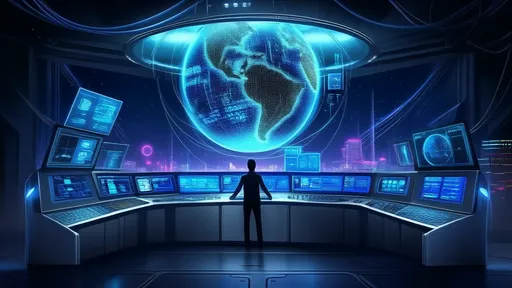
By /Jul 3, 2025
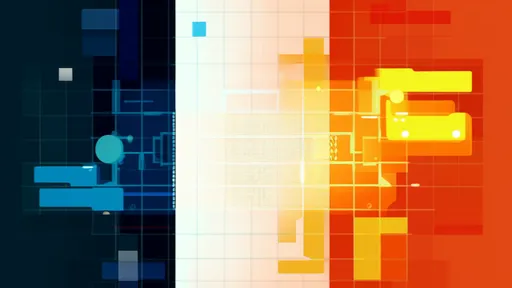
By /Jul 3, 2025
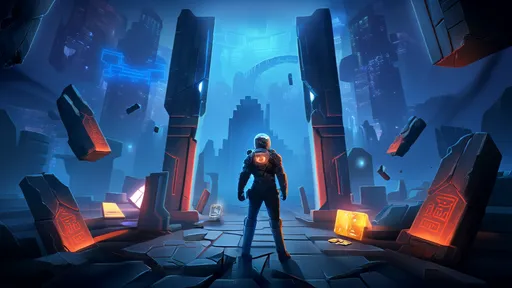
By /Jul 3, 2025

By /Jul 3, 2025
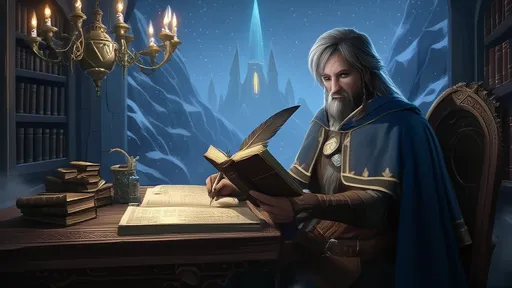
By /Jul 3, 2025
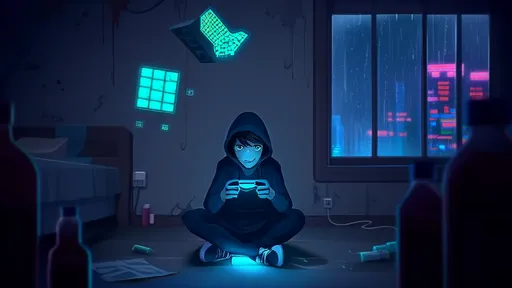
By /Jul 3, 2025
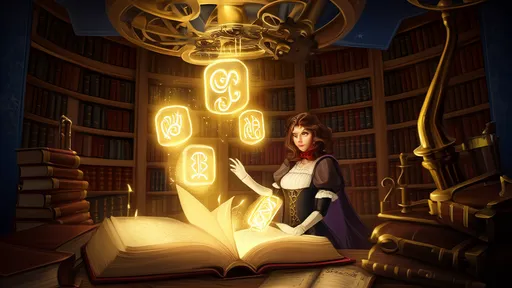
By /Jul 3, 2025
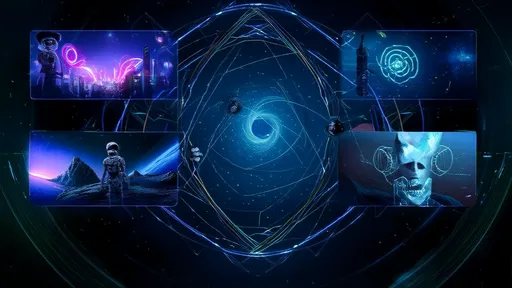
By /Jul 3, 2025
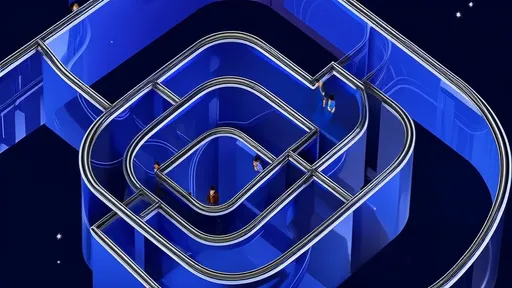
By /Jul 3, 2025
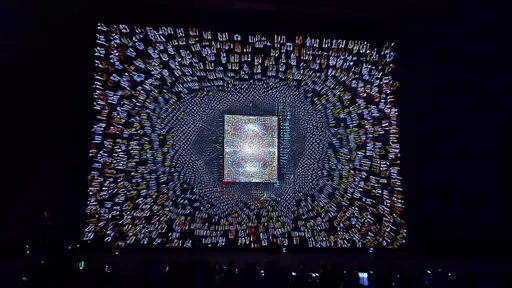
By /Jul 3, 2025
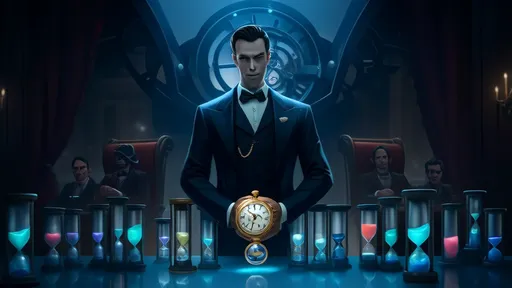
By /Jul 3, 2025
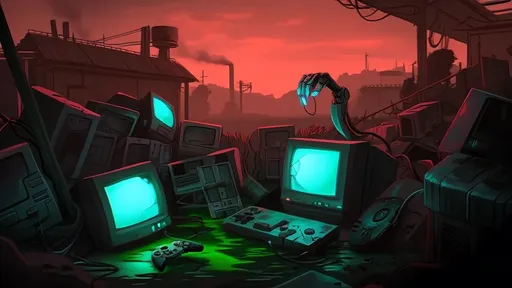
By /Jul 3, 2025
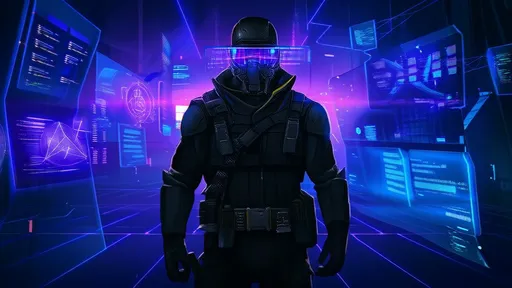
By /Jul 3, 2025
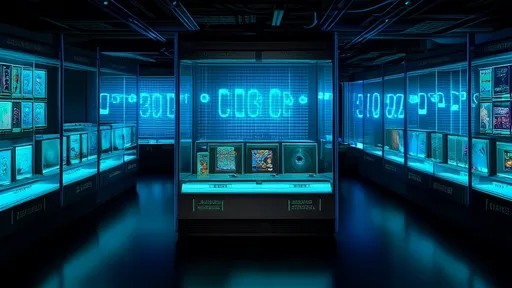
By /Jul 3, 2025
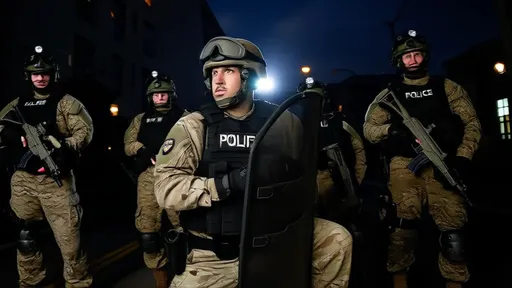
By /Jul 3, 2025
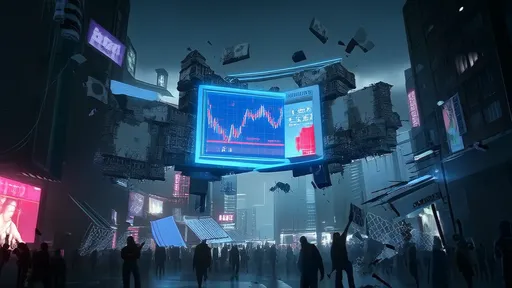
By /Jul 3, 2025
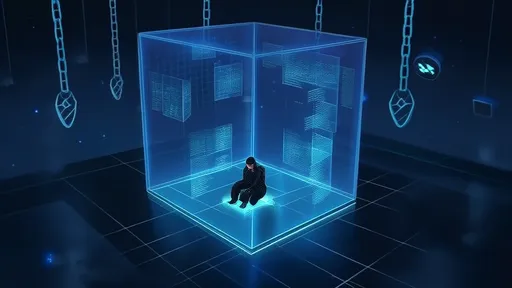
By /Jul 3, 2025
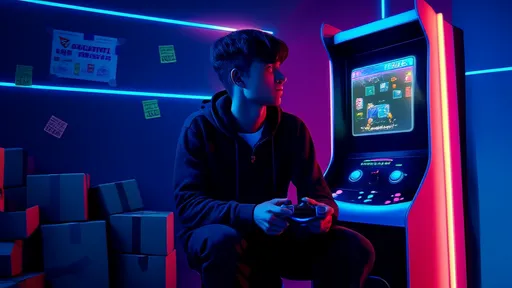
By /Jul 3, 2025